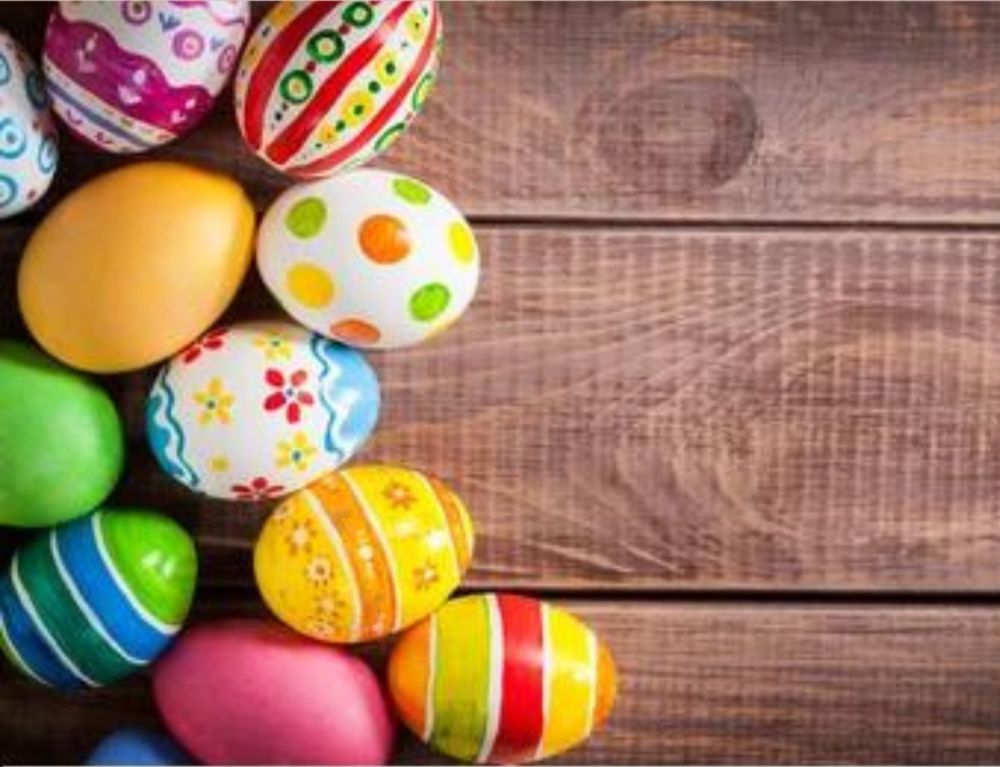As the Easter vacation season approaches, the market becomes infused with vibrant activity, attracting consumers worldwide. From confectionery giants like Cadbury (Mondelez International), Lindt & Sprüngli, to household names like Nestlé, a plethora of companies across various sectors partake in this seasonal market frenzy. The Easter market encompasses a wide array of products, including chocolates, candies, decorations, apparel, and more, catering to the festive spirit.

Customers eagerly indulge in purchasing Easter-themed chocolates, candies, and snacks to celebrate the occasion. Additionally, homes are adorned with colorful Easter bunnies, eggs, and other vibrant decorations. The demand for new costumes, hats, and accessories skyrockets as families prepare for special dinners and gatherings. Ingredients for traditional holiday cuisines and festive baked goods fly off the shelves, reflecting the culinary traditions associated with Easter.
One of the hallmark attractions of the Easter season is the popularity of gift baskets and hampers loaded with chocolates, sweets, toys, and personalized goods. These items make for delightful presents, further enhancing the joyous atmosphere of the festivities.
The Easter Eggs Market stands as a testament to the fervor surrounding this holiday. Easter, rooted in religious significance, intertwines with pagan customs, notably the tradition of Easter eggs. The egg, symbolizing new life, holds ancient ties to pagan spring festivals. From a Christian viewpoint, Easter eggs symbolize Jesus’ resurrection, emerging from the tomb.
Dating back at least to the 13th century, decorating eggs for Easter signifies the end of Lent, a period of fasting and penance. Eggs, once forbidden during Lent, were painted and adorned as a celebratory gesture, later consumed on Easter.
Easter egg hunts and egg rolling are cherished traditions. In the U.S., the White House Easter Egg Roll, initiated in 1878 by President Rutherford B. Hayes, remains an annual affair. While devoid of religious connotations, some interpret egg rolling as symbolizing the stone rolled away from Jesus’ tomb, marking his resurrection.
Projected to experience exponential growth, the Easter egg market size is expected to reach multimillion USD by 2031, driven by factors such as the rising adoption of store-based retailing, supermarkets, convenience stores, grocery, and specialty stores. Cocoa powder, sugar substitutes, fat & oil, and cocoa liquor dominate the market, catering to diverse consumer preferences.

Historically, Easter eggs have held profound symbolic significance. Dating back to the twelfth century, eggs were incorporated into Easter festivals, primarily painted in red or adorned with colorful designs. Symbolizing the onset of spring and the concept of new life, Easter eggs also carry religious connotations, representing Jesus’s resurrection.
In light of the COVID-19 pandemic, the global Easter Eggs market experienced fluctuations, with an estimated worth of USD million in 2022. However, the market is forecasted to readjust its size, showcasing resilience with a projected CAGR of % during the review period. Despite economic challenges, segments like Cocoa Powder are expected to maintain dominance, with a revised % CAGR post-COVID-19.
